 The
Basics of
The
Basics of
Implant Treatment
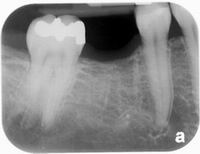
The original tooth has been missing for some time, and the adjacent tooth is starting to tilt, a process that will eventually have serious effects on the bite and function.
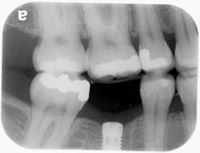
A titanium implant is placed into the jaw to replace the original root, a process that most patients find less uncomfortable that removing the tooth in the first place. The implant is generally left in place for approximately 3 months, to heal and fuse securely to the bone.
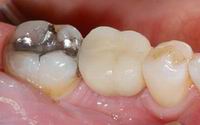
A ceramic crown is permanently attached to the implant, either directly with a titanium screw or with an internediate abutment part.

This patient has an implant-supported crown as well as conventional crowns on natural teeth.

Implant replacement is as suitable for front teeth as for molars.
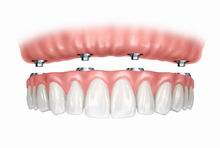
Several implants can be used under a denture to provide support and retention. This vastly increases the fit and tightness of the dentrure, and can transform a denture from unwearable to solid and comfortable.
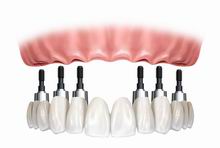
Multiple implants placed into the jaw can even replace an entire set of natural teeth, removing the need for a denture.
Implants are the ultimate in tooth replacement, and offer many advantages over bridges or partial dentures: They are not removable, as solid as natural teeth, cannot decay, and the adjacent natural teeth do not have to be drilled or attached to them. The rate of complications and expected lifetime is generally better than with conventional bridgework.
It's the closest you can get to buying teeth back from the tooth fairy.